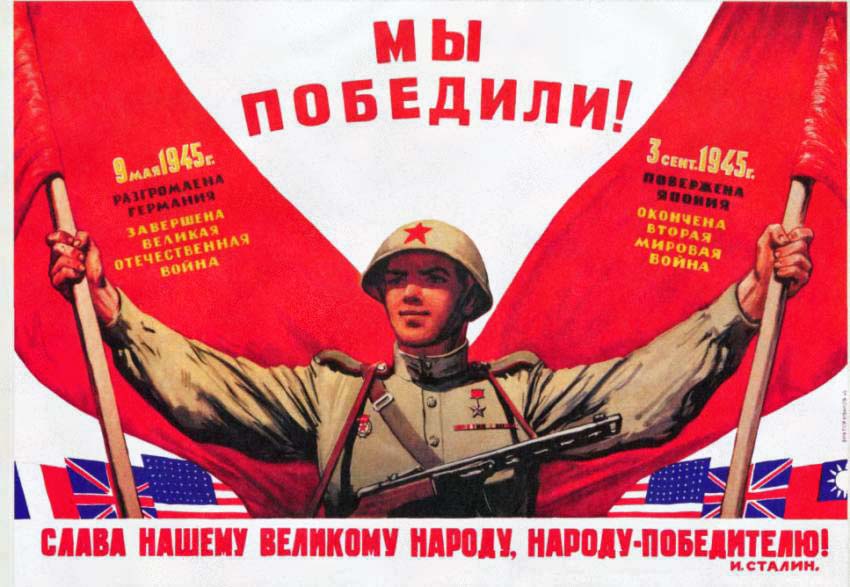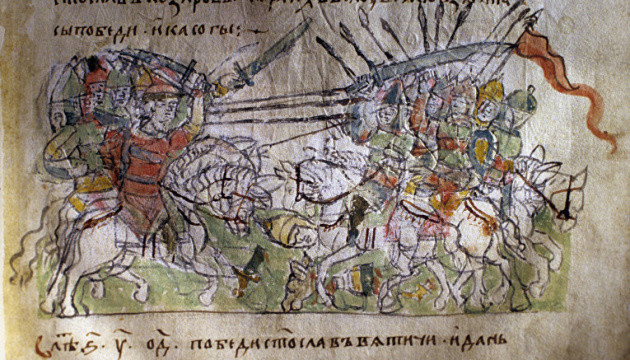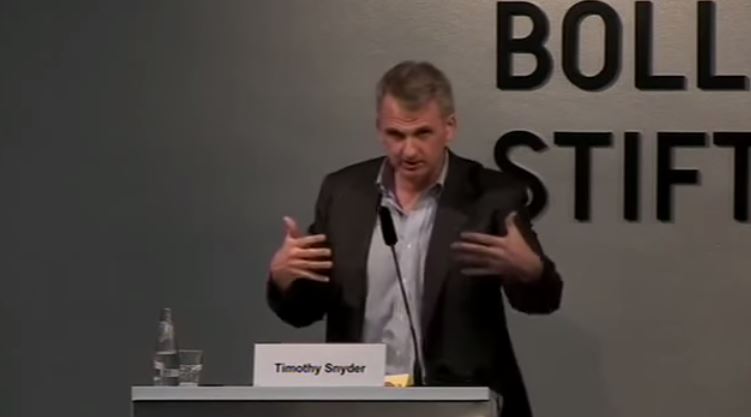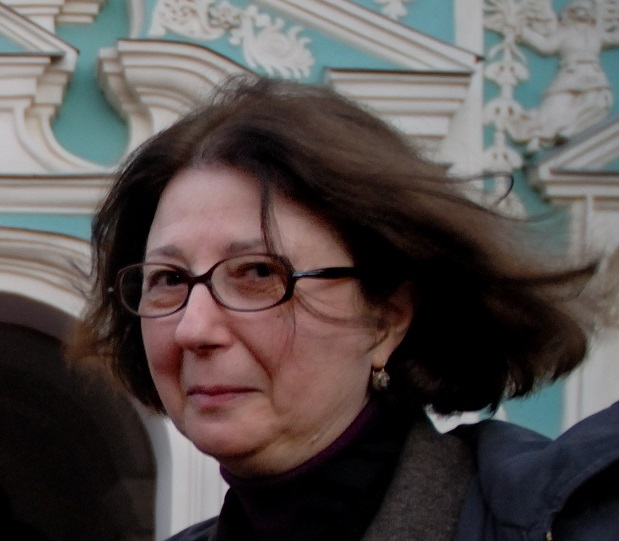made after the Euromaidan revolution, the World War II historical discourse in Ukraine still remains shaped by the Soviet narratives. The Great Patriotic Myth itself was coined based on historical falsifications, some of which we will address here based on the materials of historian Yana Prymachenko writing for likbez.org.ua, an educational project to dispel historical myths.
The myth of May 9
The largest myth of the Great Patriotic War is the concept that shifts its time boundaries and accentuates the Soviet-German military conflict of 1941-1945. The start of the war, 1939, when Germany and the USSR invaded Poland, fall out, as does the Molotov-Ribbentrop Pact and Soviet-Japanese war.
The historical policy of the USSR embedded the date of May 9 as the end of World War II in the minds of Soviet citizens. In fact, the war ended for the USSR on 2 September 1945.
The act of unconditional surrender of Nazi Germany was signed late in the evening of May 8. The same day, the Presidium of the Supreme Soviet of the USSR immediately issued a decree announcing May 9 as Victory Day. Despite this, battles still continued at the front.
The Germans did not want to surrender to the Soviet army and at all costs tried to break into the Western zones of occupation. Thus, Prague was finally liberated on May 10
, and the last group of German troops in Czechoslovakia and Austria were eliminated only on May 19.
Fulfilling obligations to its allies of the anti-Hitler coalition, the Soviet Union declared war on Japan on 8 August 1945. This war was seen as a direct continuation and part of the Great Patriotic War. On 2 September 1945, the day of Japan's surrender, the USSR Supreme Soviet issued a decree announcing September 3 as the Day of victory over Japanese militarism.
Both holidays - May 9 and September 3 - were state holidays. But in 1947 these days again became working days. The country was devastated, there were many widows and disabled people. Time was needed for reconstruction.
Later, when the memory of the Great Patriotic War became the cornerstone of Soviet ideology, the main emphasis was placed on the victory over Nazi Germany. It eclipsed the rest of the armed conflicts which the Soviet Union took part in during the Second World War (the invasion of Poland, the Soviet-Finnish war of 1939-1940, Soviet-Japanese War).
In 1965, May 9 became a state holiday once again, with compulsory military parades in honor of the date. Thus, May 9 stuck in the public conscience as Victory Day and the date when the war ended.
Formally, however, the war with Germany was over only on 25 January 1955 by the decree of the Presidium of the Supreme Soviet "On ending the state of war between the USSR and Germany."
The myth of the great victory of the Soviet people
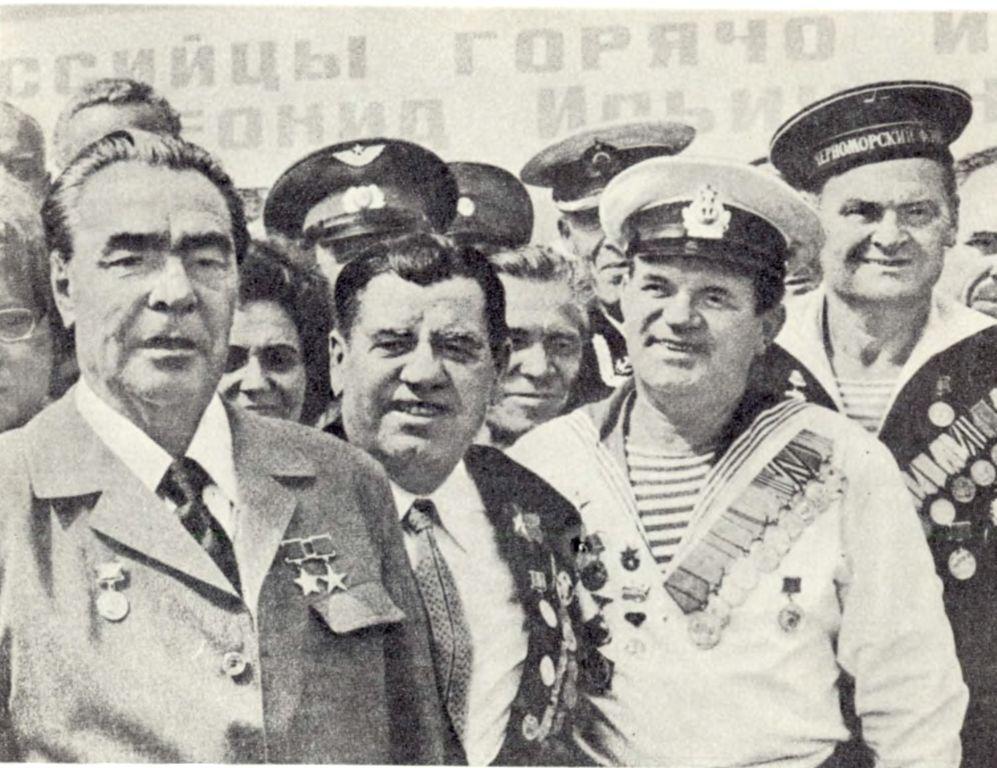
"If we talk about the main hero of the Great Patriotic War, this immortal hero is the whole friendly family of peoples who inhabit our country and are welded together by the unbreakable bonds of the brotherhood. Russians, Ukrainians, Belarusians, Uzbeks, Kazakhs, Georgians, Azerbaijanis, Lithuanians, Moldovans, Latvians, Kyrgyzians, Tajiks, Armenians, Turkmens, Estonians - in short, the sons of all the nations of the Soviet Union rose to defend their Motherland. (Applause.) The Leninist national policy of the Party has stood the test of war. Fascism failed to drive a wedge between the socialist nations. Their fraternal alliance showed its strength and vitality, was one of the main sources of victory over the fascist invaders. Let the indestructible friendship of our peoples live forever, grow stronger and flourish!
Brezhnev, L. The Great Victory of the Soviet People, Brezhnev, L. I. The Leninist Course. Speeches and articles. In 2 volumes, T. 1. - M .: Publishing House of Political Literature, 1970.
On 8 May 1965, Leonid Brezhnev, the first Secretary of the Central Council of the Communist Party of the Soviet Union, made a report at a ceremonial meeting in the Kremlin palace of Congress dedicated to the 20th anniversary of the victory of the Soviet people in the Great Patriotic War, "The great victory of the Soviet Nation."
This report laid the foundation for a new heroized image of the Soviet people and the mythologization of the Great Patriotic War. The images of the "Great Victory" and the "Victorious Nation" became one of the key components around which the Kremlin ideologists started building a new historical community - the "Soviet Nation."
The Brezhnev report became a manifesto of a new Soviet memorial policy. It defined the ideologically "correct" image of the Great Patriotic War in the Soviet public space. The "Great Victory" and "Victorious Nation" became the main component of this myth, which overshadowed the mythology of the Civil War [leading to the creation of the Soviet Union in 1922].
The friendship of the peoples of the fraternal republics of the USSR, the moral and political unity and patriotism of the Soviet people were declared the determining factors of victory.
The victory itself proclaimed to be of global historical significance, since it saved humanity from fascism.
The significance of the assistance and contribution of the Allied forces to the victory over Hitler was in every way understated. But the role of the Communist underground and partisan movements in the occupied countries and allies of Nazi Germany were, on the contrary, exaggerated.
Thus, the formation of communist governments which were friendly to the Soviet Union in "liberated" European countries appeared to be quite natural.
Basically, the history of the Soviet-German war was emasculated. Everything which didn't fit into the image of the unity of the Soviet people in the fight against fascism, like the national liberation movements of the non-Russian peoples of the USSR or collaborationism, which was treated as a marginal and not a mass phenomenon, was left out. Like the Soviet defeat of the first days of the war, the tragedy of Soviet prisoners of war, and the fate of the Ostarbeiters.
Neither was there a place for the Holocaust. Soviet ideologists did not want to highlight the sufferings of the Jewish people out of the overall picture of Nazi crimes against peaceful Soviet citizens.
And was the Soviet Nation a winner? Sure. They were millions of people who risked their lives and died in the most cruel human meat grinder of history. But each of them was a Person, and not a bargaining chip of someone's ideology.
Ukraine is still influenced by this black-and-white discourse of the Great Patriotic War, which envisions that there were the "right" Ukrainians who fought in the Soviet Army, and the Nazi collaborators. This doesn't take into account the the 120,000 ethnic Ukrainians who fought in the 1-million Polish army in 1939, out of whom 8,000 died in the first days of the conflict [and the UPA insurgent army fighting against both the Red Army and the Nazis].
Today, Russia attempts to privatize the Victory over Nazi Germany, with Russian President Vladimir Putin dropping remarks that Russia would have won over Nazi Germany without the other nations of the Soviet Union. This is why Ukrainian historians counted how many Ukrainians fought in the ranks of the Red Army and what price Ukraine paid for the war.
According to the estimates of the Ukrainian Institute of Demography, approximately 5.2 million civilians died on the territory of Ukraine, and over 3.5 million were relocated into the deep hinterland together with the factories where they worked. Over 2.8 million Ukrainians died while fighting in the ranks of the Red Army.

Related:
- Top-6 Soviet World War II myths used by Russia today
- Memory of the Great Patriotic war in Russia’s expansionist policy
- The “Great Patriotic War” as a weapon in the war against Ukraine
- Russian media operates by law of war, tapping into Great Patriotic War myth
- Soviet myths about World War II and their role in contemporary Russian propaganda
- For First Time Ever, Ukraine Remembers Those Killed in World War II under the European Symbol of the Red Poppy on May 8, 2014
- No Russian Fairytale: Ending the Soviet historical mindset in Ukraine
- Since 1945, Moscow has been involved in a military action on average every 2 years

